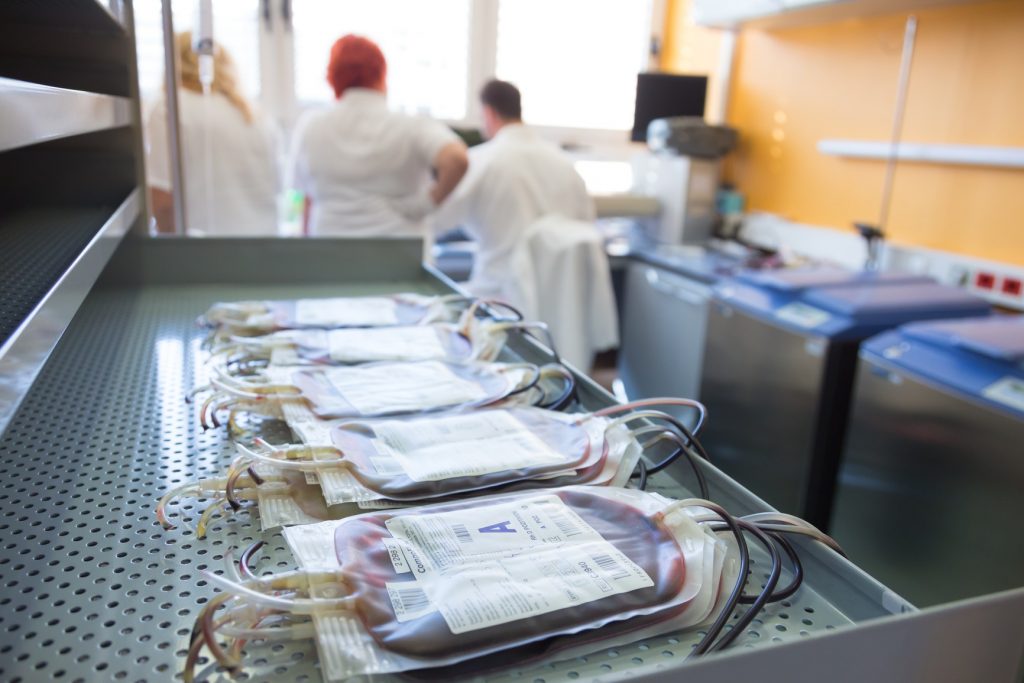Virus validation guidelines were ultimately developed and issued by the European authorities, requiring manufacturers to carry out studies to demonstrate the capacity, reliability, and effectiveness of the manufacturing processes to inactivate and/or remove viruses potentially present in the starting material (plasma pool for fractionation).
These guidelines required a systematic evaluation of the virus reduction potential of manufacturing process steps in virus validation studies employing relevant and model viruses with a wide range of physicochemical properties. Despite the common usage of pasteurization there is, to date, no comprehensive published overview on the effectiveness of pasteurization on the inactivation of a wide range of blood-borne and model viruses in various plasma-derived products in the presence of different stabilizer compositions available. This summary presents data of more than 25 years of virus validation studies.
including virus inactivation kinetics performed both at target and at the edge of, or outside, the manufacturing specifications to assess robustness. The efficacy of virus inactivation by pasteurization was investigated in virus validation studies performed according to the regulatory guidelines. Pasteurization was initially established as an effective virus inactivation method in the production process of human albumin. However, the utilization of pasteurization in the manufacturing processes of other therapeutic protein preparations (such as the heat-sensitive coagulation factors, protease inhibitors, and immunoglobulins) required the addition and optimization of stabilizers to selectively protect the therapeutic protein without simultaneously protecting viruses. Currently, many complementary safety measures are in place to prevent the transmission of blood-borne viruses by the administration of commercial plasmaderived products.
These measures include licensed blood and plasma collection centers with appropriate epidemiology regarding HIV, HCV, and HBV in plasma donors, mandatory and voluntary testing of all donations for these viruses as well as for HAV and high titers of B19V, releasing plasma pools for fractionation for further manufacturing only when nonreactive for virus markers (and not exceeding 104 B19V DNA IU/mL), and the implementation of effective virus reduction steps in the manufacturing process of plasma-derived products. Based on these measures the risk of transmitting blood-borne viruses via the administration of plasma-derived products is very remote.
In conclusion, pasteurization is a proven method in inactivating a wide range of enveloped and non enveloped viruses of different physicochemical properties. Together with appropriate selection of donors, donations and plasma pools, and further manufacturing steps reducing viruses potentially present in the starting material, pasteurized plasma-derived products have a high safety margin with respect to virus transmission as demonstrated byvirus validation studies and confirmed by ongoing hemovigilance.
Transfusion. 2017 Nov 16 [Epub ahead of print]
Effective inactivation of a wide range of viruses by pasteurization
Gröner A, Broumis C, Fang R, Nowak T, Popp B, Schäfer W, Roth NJ



